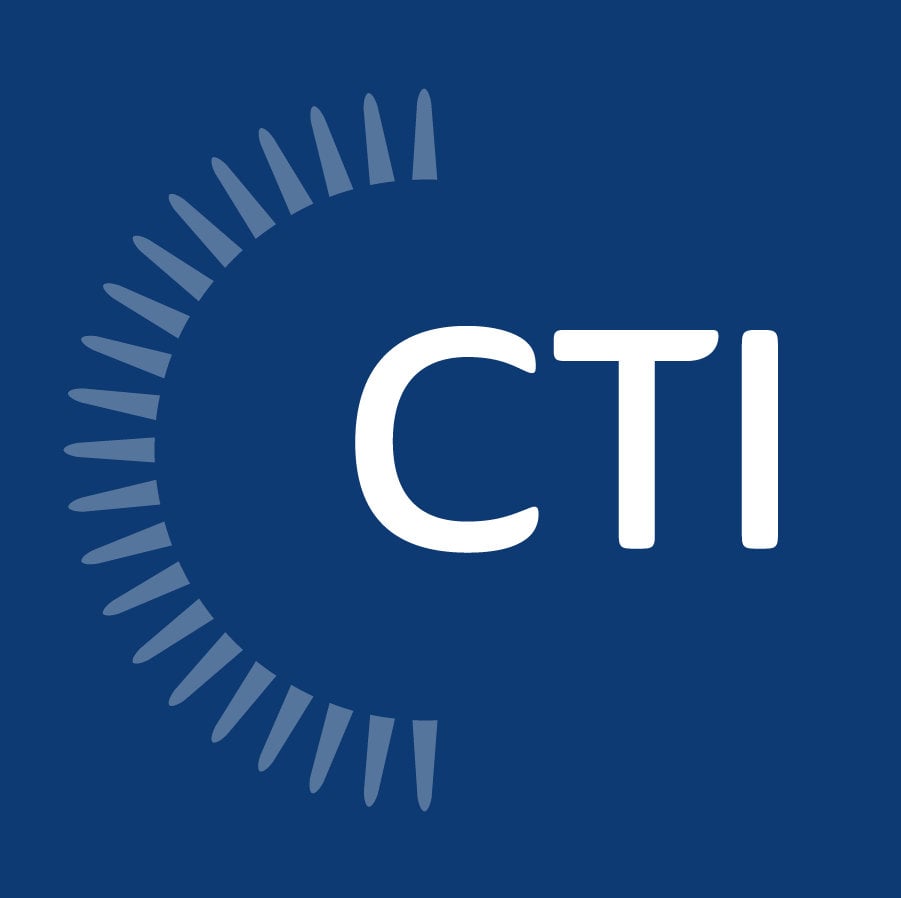 The crash of a Boeing 737 MAX Lion Air plane flew into the headlines in October 2018. Five months later, an Ethiopian airline 737 MAX crashed, sparking an immediate call for Boeing’s entire global fleet of the new aircraft to be grounded.
The crash of a Boeing 737 MAX Lion Air plane flew into the headlines in October 2018. Five months later, an Ethiopian airline 737 MAX crashed, sparking an immediate call for Boeing’s entire global fleet of the new aircraft to be grounded.
Preliminary investigations concluded that a malfunction of new software (MCAS) loaded into the MAX stood as the culprit to both crashes. However, further scrutiny detected fault with both pilots’ lack of training for the new component.
The two met the legal requirements to fly the new model plane; that meant only that the pilots were certified for the previous generation of 737s – which didn’t use the new software. They did not participate in additional training, as their reactions to the software’s malfunction seem to confirm.
Opinions that these standards harbor grave insufficiency are beginning to come out of the clouds. Officials must address the lack of required training for new technology.
A similar atmosphere is cruising through the healthcare industry, as well. Hopefully it won’t take a major disaster - or two – to lift off positive change.
Health Hazard
Irreversible events and near-misses are increasingly haunting the halls of hospitals and other care facilities. Healthcare facilities could bypass many of these situations with proper training for staff.
Today, new technology, software, and devices sprout up and are quickly incorporated into the care workflow. Yet, employees often aren’t trained to operate them; sometimes staff are even completely unaware of their existence.
The World Health Organization (WHO) estimates that one in ten patients is harmed while under hospital care. Compare that to this stat: The chance of dying in an airplane crash is one in three million. 1 Half the hospital adverse events are considered preventable.
The U.S. Office of Inspector General conducted a study from a random one-month sample of Medicare patients from hospital discharges and found care-related adverse events around 27 percent. One-and-a-half percent resulted in death. Fifty percent of all were deemed preventable.
Poor Training Contagion
An article from Modern Healthcare states that “A growing number of studies point to the need for better surveillance of patient-safety events associated with technology integration.”2
Additionally, researchers at the Veteran Health Administration Center for Innovations in Quality, Effectiveness and Safety also declared that “complicated and confusing electronic health records pose a serious threat to patient safety. The more complex a system, the more difficult it is to trace the root cause of a mistake…the problem is not just technological complexity, but how people use the system.”
These findings – and continued occurrences - have motivated many professionals to call for mandatory training on newly integrated technology.
Learn More: WHO WHO Are My WOTC Qualified Workers |
Healthcare workers need more training to keep pace with incoming technology. In 2018, PwC reported that 35 percent of workers’ required skills will change by 2020.3
And employees desire on-the-job training opportunities: “74% of employees state they would be more likely to stay or sign on with an employer if they offered training in AI, RPA, or data analytics.” 3 New tech in the healthcare industry demands new skills, and workers want it.
Of course, hospital budgets are often tourniquet-tight, particularly smaller facilities. They may not possess the financial means to offer extensive training.
Take Two Credits and Call Me in the Morning
Good news: There is a tax incentive “ointment” that healthcare providers can dip into to help buffer staff education costs: the Work Opportunity Tax Credit (WOTC).
The WOTC administers up to $9,600 to an organization that hires an employee from any one of 14 target groups. These target groups are comprised of individuals who often face barriers to employment, such as vets and the long-term unemployed.
The cash returned on the tax credits can help fortify training budgets and other critical costs.
Training and Credits STAT
By offering training for new technology and devices, healthcare employers can work towards strengthening employee retention, reducing adverse events, and ultimately improved patient care.
And the WOTC can help ease the pain for education costs.
Healthcare organizations may want to consider consulting a tax specialist who can help decipher the details and diagnosis troubles along the way.
- 10 Facts on Patient Safety, World Health Organization, 2019
- New medical technology poses safety problems if users not trained properly, Modern Healthcare, 2014
- Your company’s new, upskilled health worker of the future is you, PwC, 2018



